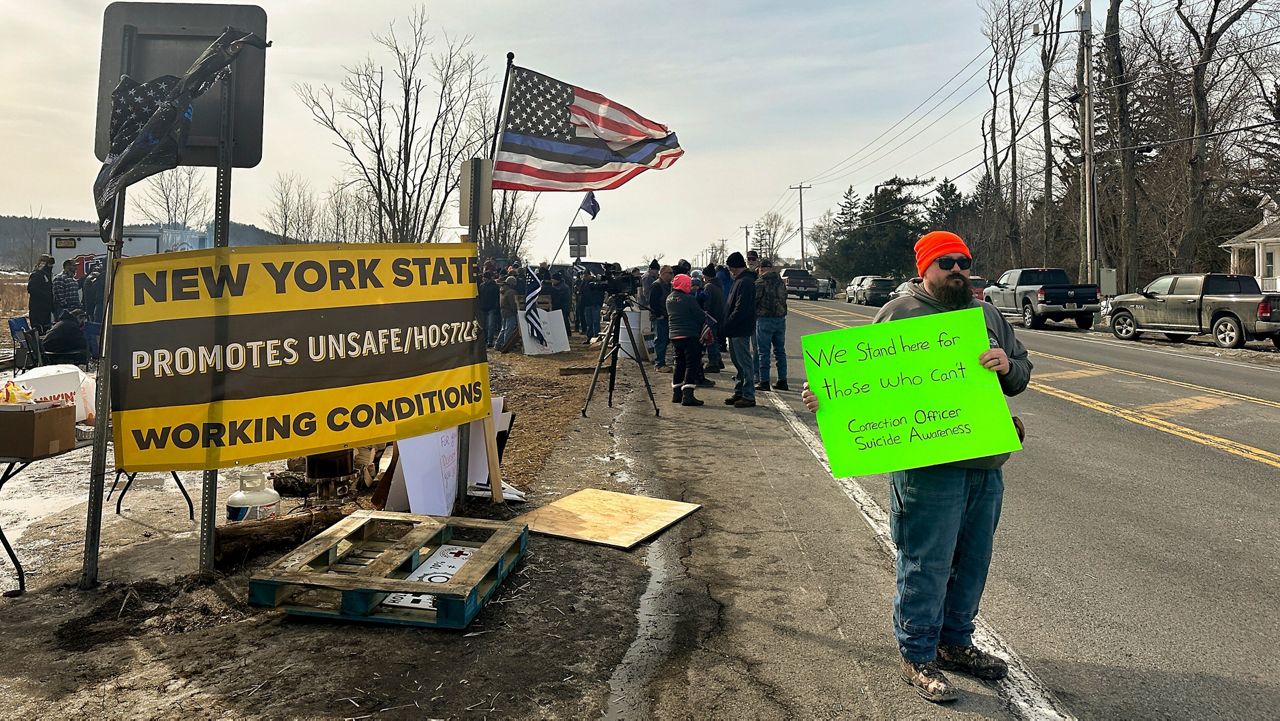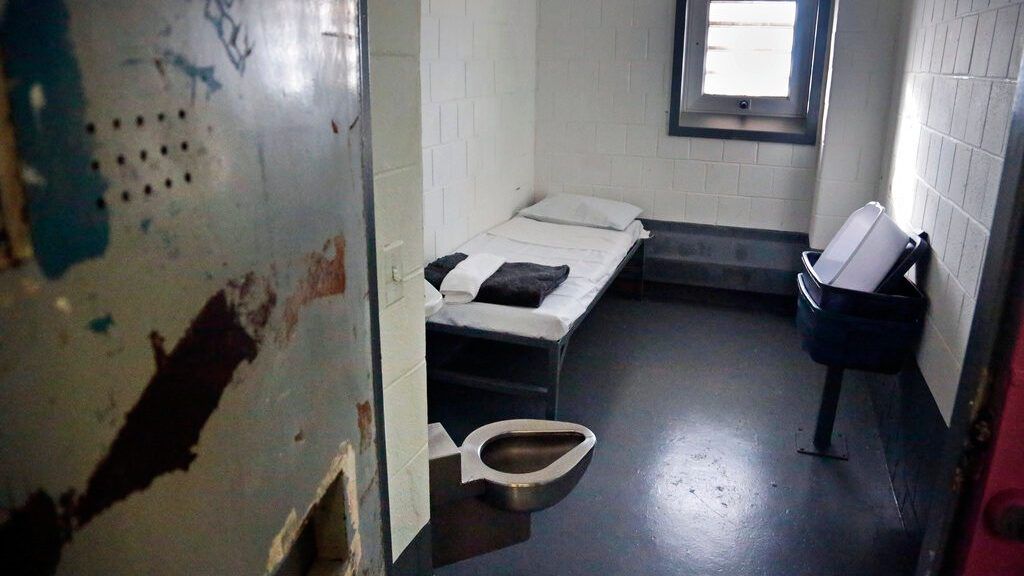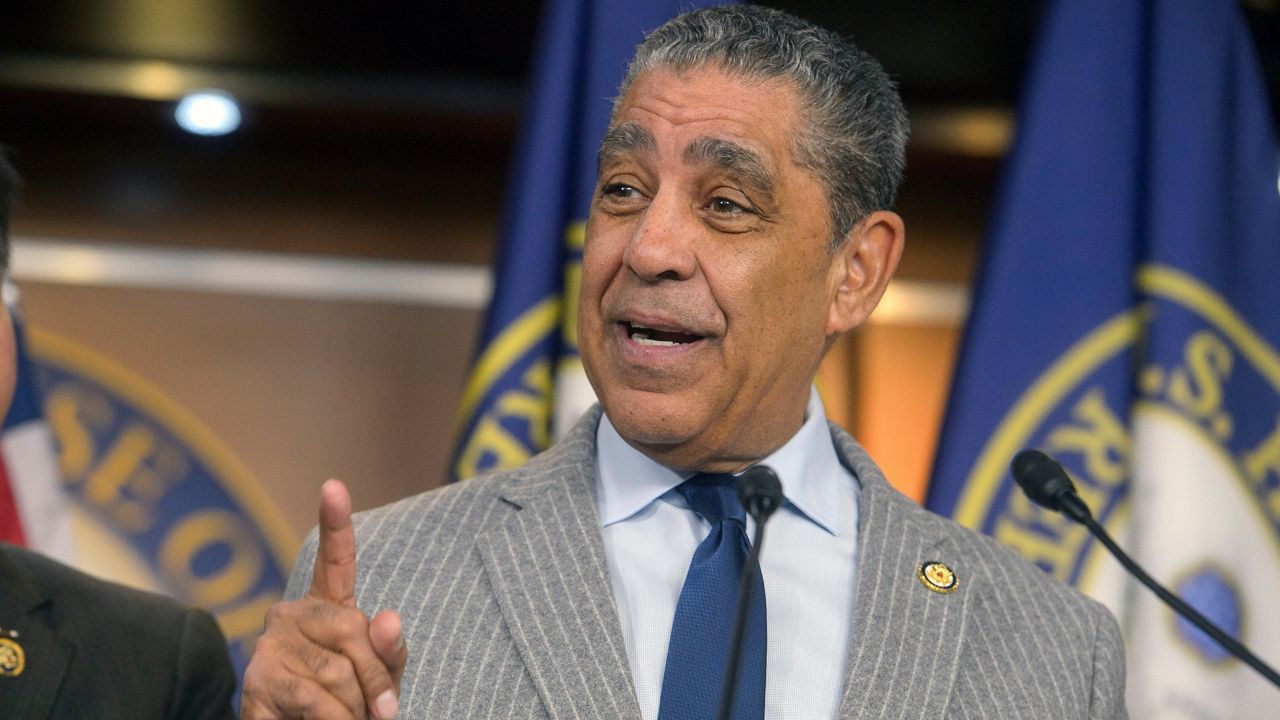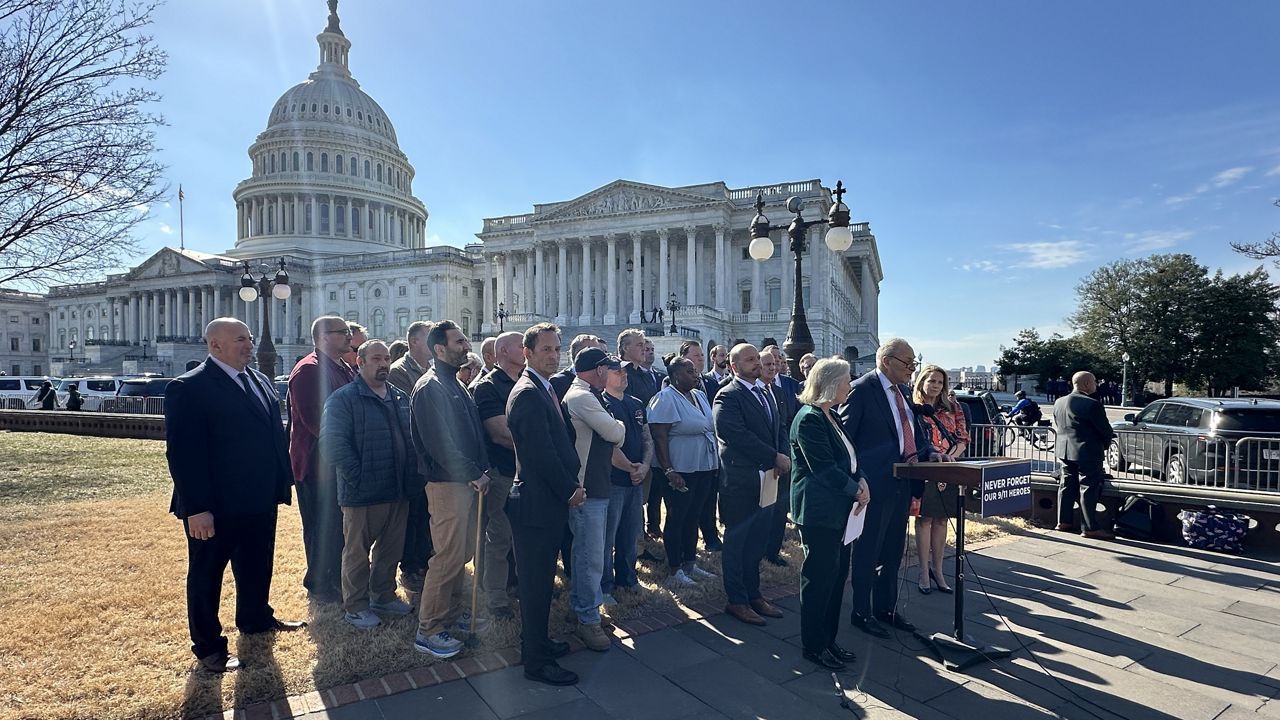SUNY Potsdam administrators announced steep reductions in staff and programming too soon, leaders in SUNY's labor union said Wednesday, as state officials begin to compile their budget requests for next year.
Potsdam is one of 19 State University of New York campuses known to be in distress, or sporting a multi-million-dollar budget gap. Tuesday's announcement of the college's plans to cut at least 14 programs, related staff, clerical positions and other services comes as the North Country campus operates at a $9 million deficit.
But Fred Kowal, president of United University Professions, which represents SUNY's faculty and staff, said Potsdam should immediately cease canceling programs and the announced slashing of positions as it could deter potential students from applying to SUNY campuses.
Potsdam is expected to see a 3% enrollment increase this year, and the state's projected $9 billion deficit could be less than expected, he said.
"It's irresponsible to make these cuts because I think what they're doing through them is setting Potsdam on a path where enrollment will continue to spiral down," Kowal said Wednesday. "Students will look upon the institution as something that is in danger of closing. It is absolutely imperative that the chancellor announce that if they are not going to retreat on their plan for Potsdam, please make clear that this is not a systemic process — that they are not going to be going through this with other campuses as well, because that will undermine the strength and the vitality of the entire system, including the university centers that are doing very well. This is a dangerous course."
Tuesday's sobering news didn't come as a surprise as declining populations upstate and lower birth rates has led to slipping enrollment numbers for years, made worse by the pandemic.
SUNY Chancellor John King remarked Tuesday about the difficult decisions ahead.
"The issues Potsdam faces are not unique," he said. "We see them acros the country, particularly in regional comprehensive colleges in particular areas of the country that have experiencesd significant population declines."
Similar conversations about where to reduce spending are ripe to take place at other campuses with similar budget shortfalls, which SUNY says have seen an average 20% decrease in enrollment in the last decade.
Kowal says SUNY trustees made a mistake and should have used the additional $163 million in state aid included in the last budget to make those campuses whole and close their combined $160 million shortfall.
"Here was an opportunity on the part of the SUNY trustees to begin to unwind the bad budgets of the [Gov. Andrew] Cuomo years by putting funding that the Legislature and the governor had provided into those campuses where they had deficits," he said. "Here's an opportunity to get out of those deficits, and then plan for the future."
But lawmakers intentionally let SUNY's Board of Trustees have leeway in how to spend the additional assistance, as using it to close the budget gap would have meant the aid increase went to a handful of SUNY's 64 institutions.
"We can't ignore the needs of every campus because of the 15 to 20 distressed campuses," Assembly Higher Education Committee chair Pat Fahy said.
SUNY allocated $66.6 million of the $163 million increase to several campuses based to address student mental health and support services for students with disabilities. The flexibility also allowed some of the funding to help with increased food insecurity and upgrades to housing or technology.
UUP doesn't expect distressed campuses' deficit to have increased, Kowal added, as the colleges and universities are in better fiscal shape after improved state aid.
Brad Hershenson, an organizer with UAlbany's Graduate Student Employees Union CWA Local 1104, says union members will be pushing the governor and Legislature to increase investments in higher education next year and ensure student services are unaffected.
"Cutting academic programs is not the way to invest in SUNY and the way to invest in New York," Hershenson said Wednesday. "Public higher education is an investment in the economy and an investment in our state and that really should be the governing principle."
SUNY is focused on investing the increased state aid in students and campuses, while also increasing first-year enrollment numbers and expanding programs to improve program completion rates, officials said.
The discussions are increasing the pressure on lawmakers like Fahy, who says she'll fight to achieve the same record high investments in SUNY and CUNY next year. It will prove to be a tough battle depending on the budget Gov. Kathy Hochul sets in January and billions needed for the ongoing migrant crisis amid an estimated $9.1 billion shortfall.
Fahy is urging campuses to get creative as they examine how to modernize programs, raise revenue and share resources.
"We don't want to see classes of 200 students in one campus when another may have classes of 10 when it's a program that isn't is in demand," she said.
The assemblywoman is making plans to visit SUNY Plattsburgh in the coming weeks, and learn about their program to make sure every local eighth-grade student visits the campus before starting high school, and exploring other creative solutions to carry into next seession.
"We've got to make sure that we are investing as strategically as possible, and we're going to have to rely on SUNY and CUNY for a lot of that," Fahy said. "My commitment is to do all we can. ... We're going into another tough year, so we've got to make sure that we are being strategic. There are going to be tough conversations ahead."









